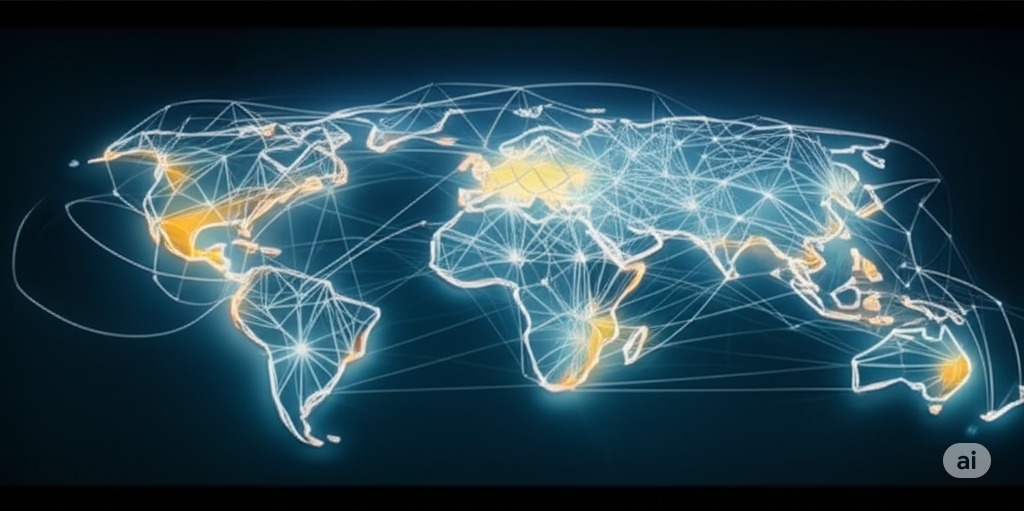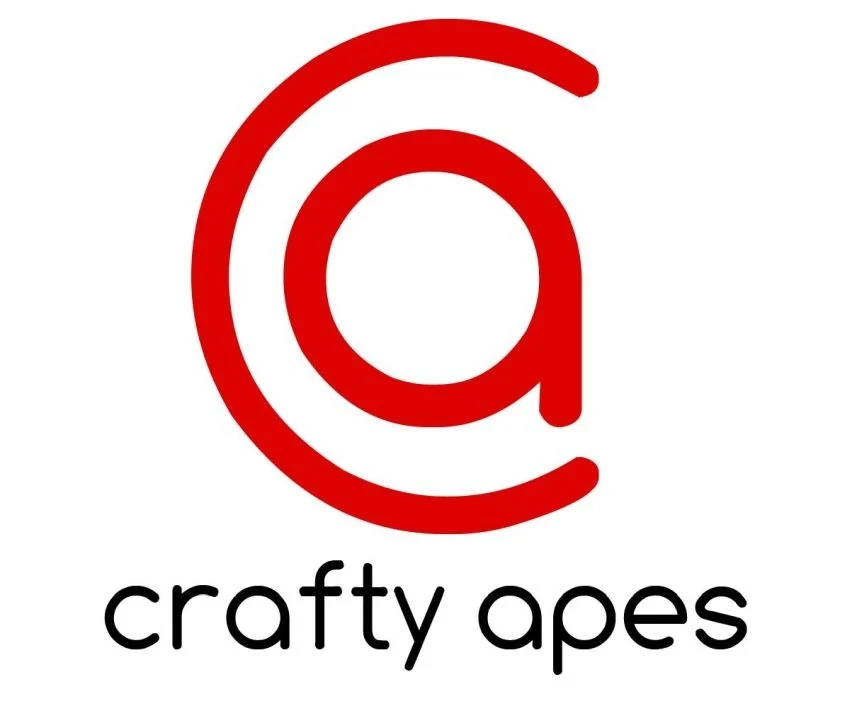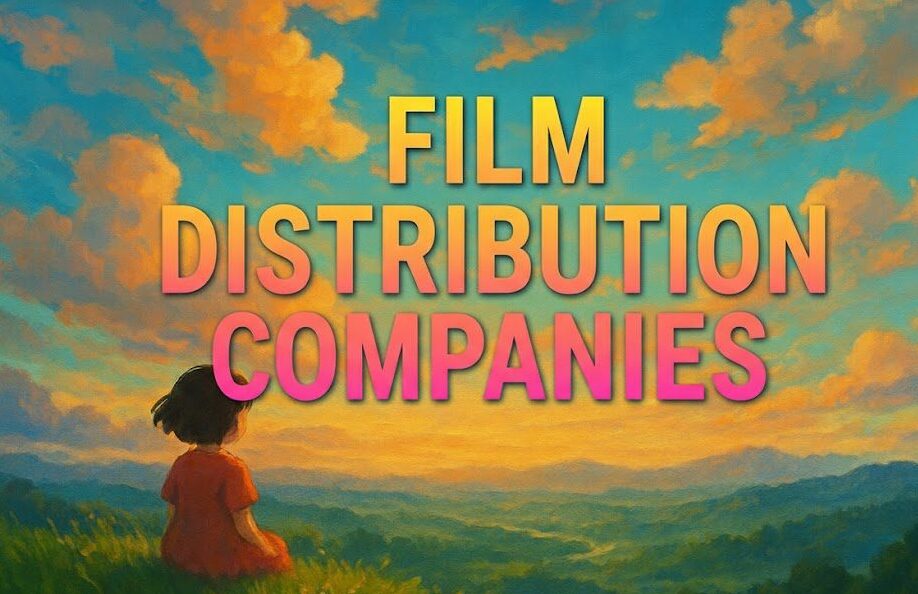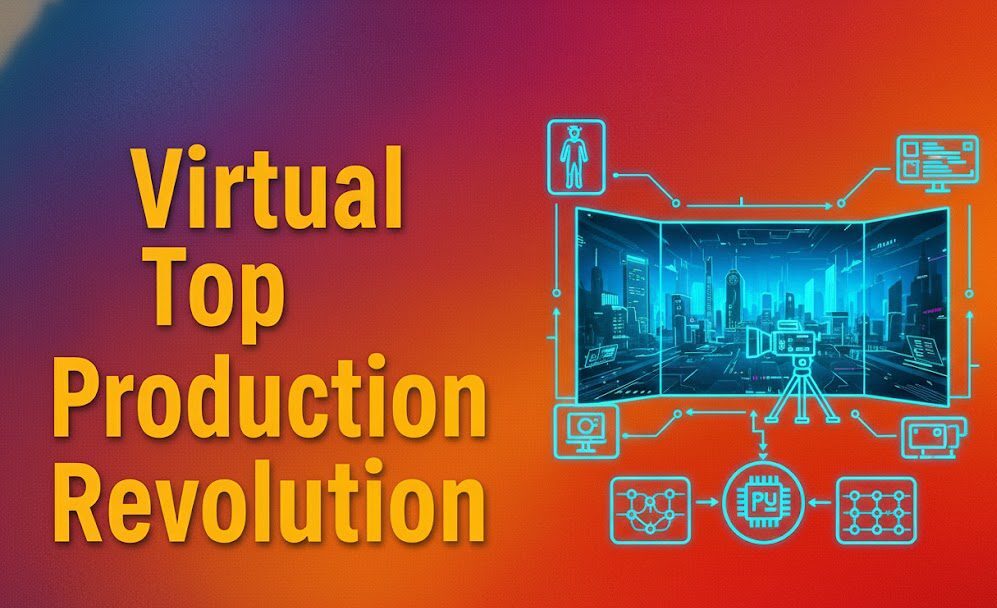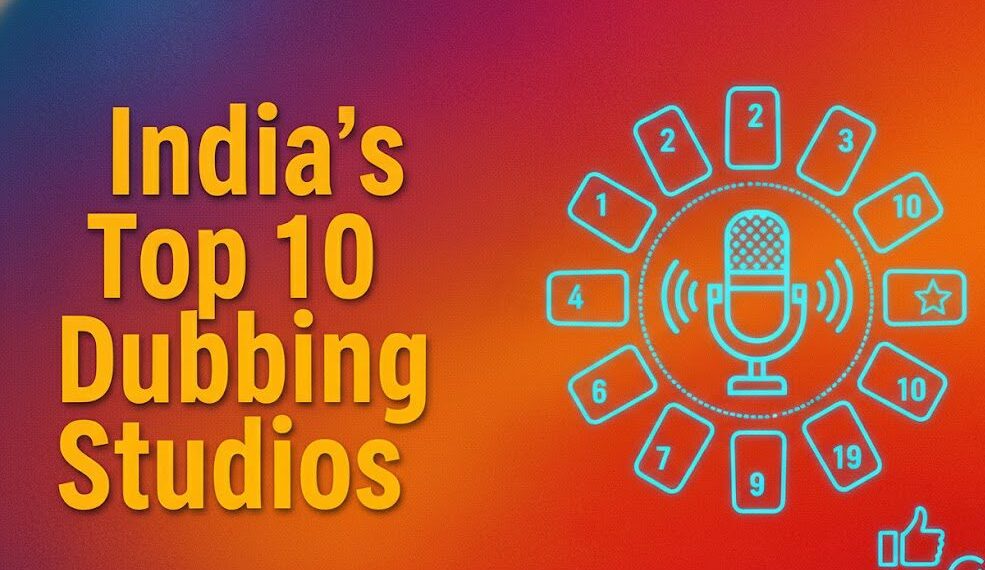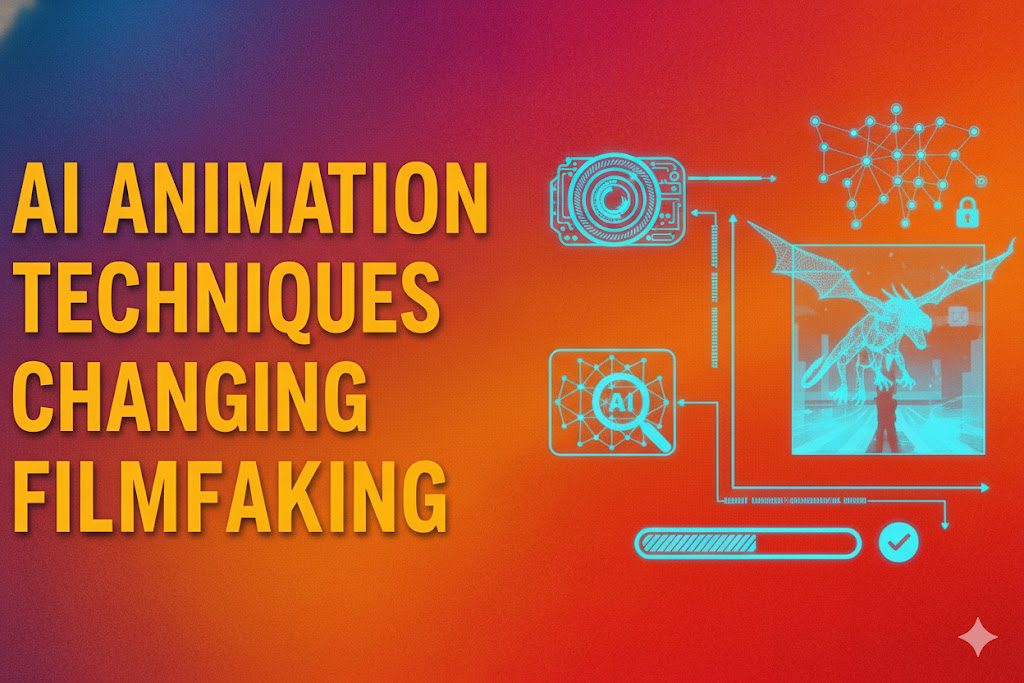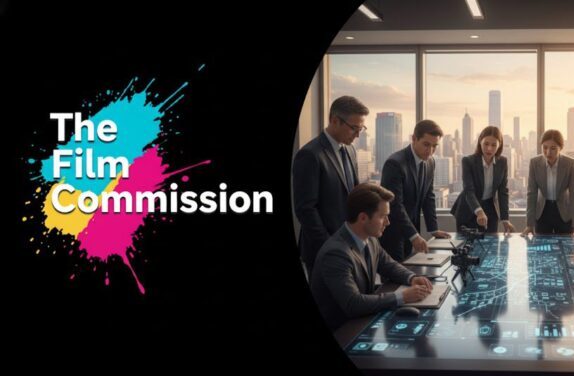Introduction
The world of content is exploding. Streaming giants are pushing into every corner of the globe, FAST channels are popping up daily, and audiences are demanding more content, right now, in their native language.
For localization studios, this is a massive opportunity. But it’s also a huge challenge. Keeping up with the latest content localization trends isn’t just about staying current—it’s about survival.
If you’re feeling the pressure to deliver faster, at a higher quality, and for more languages than ever before, you’re not alone. The old ways of working just aren’t cutting it anymore.
In this post, I’m going to walk you through the five most important trends shaping the future of localization. We’ll break down what they mean for you and how you can use them to your advantage.
Table of content
- Introduction
- Key-Takeaways
- AI and Machine Learning are Reshaping Workflows
- The FAST Channel Gold Rush Demands Unprecedented Speed
- Beyond Translation: The Rise of Deep Cultural Adaptation
- Centralized, Cloud-Based Platforms are the New Standard
- Data-Driven Decisions are Separating Winners from Losers
- Conclusion
- FAQs
Key Takeaways
| Trend | What It Means For You | Actionable Tip |
|---|---|---|
| AI-Powered Workflows | AI is no longer a gimmick. It’s a tool for efficiency in subtitling, dubbing, and QC, helping you scale your operations. | Start experimenting with AI tools for transcription and initial subtitle timing to speed up your process. |
| The FAST Channel Boom | FAST channels require rapid, high-volume localization for library content. Speed and cost-effectiveness are critical. | Develop tiered localization packages specifically for high-volume, quick-turnaround FAST channel projects. |
| Deep Cultural Adaptation | Simple translation is not enough. Audiences want content that feels truly local, from idioms to cultural references. | Build a network of in-market cultural consultants, not just translators, for your key territories. |
| Cloud-Based Platforms | Centralized, cloud-based project management is essential for managing complex, multi-territory projects efficiently. | Audit your current workflow. If it’s not in the cloud, research platforms that can unify your operations. |
| Data-Driven Vendor Selection | Content buyers are using data to find and vet localization partners, looking for proven expertise and reliability. | Ensure your company’s profile on professional networks is detailed, up-to-date, and showcases your best work. |
Don't Let Your Competitors Get a Head Start.

AI and Machine Learning are Reshaping Workflows
You’ve heard the buzz about AI, but what does it actually mean for your studio? It’s not about robots taking over. It’s about using smart tools to make your human talent more powerful.
Think about the most time-consuming parts of your job. Transcription, subtitle spotting, initial QC checks. AI can now handle these tasks with surprising accuracy, freeing up your skilled linguists and project managers to focus on what they do best: creative, nuanced translation and high-level quality control.
- AI Dubbing: While still evolving, synthetic voices are becoming a viable option for certain types of content, like corporate videos or documentaries, dramatically reducing costs.
- Automated Subtitling: AI can generate and time subtitles in minutes. It’s not perfect, but it gives your team a massive head start, cutting down project timelines significantly.
- Intelligent QC: AI tools can automatically scan for common errors like character limit violations, reading speed issues, or missing punctuation, making the human QC process faster and more focused.
The key is to view AI as an assistant, not a replacement. The studios that successfully integrate AI into their workflows will be the ones who can handle more projects without sacrificing quality.
The FAST Channel Gold Rush Demands Unprecedented Speed
Free Ad-Supported Streaming Television (FAST) is exploding. Companies are launching channels left and right, and they all need one thing: a massive library of localized content to fill their schedules.
This isn’t like a premium SVOD release. The budgets are tighter, and the timelines are aggressive. They need to localize hundreds, sometimes thousands, of hours of back-catalog content, and they need it yesterday. This is one of the most powerful content localization trends driving the industry right now.
How can you compete? By being smart and efficient.
- Focus on Workflow Optimization: Your process needs to be a well-oiled machine. Any bottlenecks or manual hand-offs will kill your ability to deliver on time.
- Offer Tiered Services: Not all content needs the “white glove” treatment. Create service tiers—maybe a premium dub for a lead series, and a high-quality subtitle-only option for older library films.
- Leverage Technology: This is where AI-assisted subtitling and cloud-based platforms become non-negotiable. You simply can’t achieve the required scale without them.
Beyond Translation: The Rise of Deep Cultural Adaptation
As markets become more saturated, just having content available in the local language isn’t enough. The most successful content feels like it was made *for* the local audience. This goes way beyond simple translation.
It’s about cultural adaptation. Does a joke in English land the same way in Japanese? Is a pop culture reference from the US understood in Brazil? Should on-screen text and graphics be redesigned to match local aesthetics?
Studios that can answer these questions are the ones who will win the high-value projects. You’re no longer just a translation service; you are a cultural consultant.
To do this effectively, you need a global network of talent who don’t just speak the language, but live the culture. This is your true competitive advantage.
Ready for More High-Value Localization Projects?

Centralized, Cloud-Based Platforms are the New Standard
Remember managing projects with endless email chains, confusing spreadsheets, and FTP servers? Those days are numbered. The complexity of modern localization—with multiple languages, assets, and stakeholders—demands a single source of truth.
Cloud-based platforms are becoming the central nervous system for localization projects. They offer:
- Real-time Project Tracking: Everyone, from the client to the freelance translator, can see the project status instantly.
- Simplified Asset Management: No more searching for the latest version of a script or video file. Everything is in one place.
- Streamlined Communication: Contextual comments and queries tied directly to the content reduce confusion and speed up approvals.
If your studio isn’t already using a cloud-based system to manage workflows, you’re likely losing time and money. More importantly, you’re not providing the transparency that modern content buyers expect.
Data-Driven Decisions are Separating Winners from Losers
How do content buyers find reliable localization partners?
In the past, it was all about relationships and word-of-mouth. Today, it’s increasingly about data.
Buyers are turning to platforms that provide verified information on vendors. They want to see your track record. What genres have you worked on? Which languages are your specialty? Who have you worked with before? They are analyzing this data to mitigate risk and ensure they’re hiring the right team for the job.
This means your online presence and reputation are more important than ever. You need to be discoverable, and your expertise needs to be clearly showcased. Having a robust, detailed profile on a trusted industry marketplace isn’t just marketing—it’s a core business development strategy.
How Vitrina Empowers Localization Studios
Navigating these trends can feel overwhelming, but you don’t have to do it alone. This is exactly why Vitrina was built. We provide a global platform where localization studios can connect with content buyers from around the world.
By creating a profile on Vitrina, you make your business discoverable to buyers actively searching for your specific skills.
Our Project Tracker gives you insights into upcoming deals, and our platform helps you showcase your portfolio, specializations, and client history in a structured, credible way. We give you the data-driven visibility you need to compete and win in this new era of content localization.
Conclusion
The content localization landscape is shifting fast. The rise of AI, the explosion of FAST channels, and the growing demand for deep cultural adaptation present incredible opportunities for studios that are ready to adapt. It’s not about working harder; it’s about working smarter.
By embracing new technologies, optimizing your workflows for speed and scale, and positioning yourself as a cultural expert, you can not only survive but thrive. These aren’t just trends; they are the new rules of the game.
What’s the first strategy you’re going to try? Let me know in the comments.
Ready to get your studio in front of the world’s biggest content buyers? Stop waiting for clients to find you. Take control and build your global business pipeline. Sign up for Vitrina today and showcase your expertise to a world of opportunity.
Frequently Asked Questions
No, not for high-quality creative content. AI is a powerful tool for increasing efficiency, especially for tasks like transcription and initial subtitle timing. However, it still lacks the cultural understanding, creativity, and nuance required for professional dubbing and subtitling. The future is hybrid: AI handling repetitive tasks, with humans providing the final creative polish.
Focus on specialization and efficiency. You may not be able to handle a 10,000-hour library, but you can become the go-to expert for a specific genre (like reality TV or classic films) or a specific language pair. Optimize your workflow for speed and use platforms like Vitrina to gain visibility with buyers looking for your niche expertise.
Localization is the process of adapting a product or content to a specific language and locale. Cultural adaptation is a deeper part of localization that involves modifying content to resonate with cultural norms, humor, and references. For example, localization might translate a sign, while cultural adaptation would change the entire visual to be more culturally appropriate.
Increase your visibility where buyers are looking. Traditional networking is still important, but a digital presence is crucial. Joining a professional B2B marketplace like Vitrina puts your company in front of a global pool of content creators, distributors, and platforms actively seeking localization partners.


